Your cart is currently empty!
Fantastic 4 Beasts of Ancient China: 玄武Black Warrior of the North Genbu

I just got notified that Fushigi Yuugi is celebrating 30 years (has it been THAT long already?!) and I have yet to publish the remaining 2 of the lot!
The Black Warrior got its name from its connection with the underworld/spiritual world due to the oracle bones which were from the shells the back of the tortoises. It corresponds to the direction of the north, which has been highly regarded historically since extremely ancient Chinese times (I’m talking about more than 5,000 years ago).
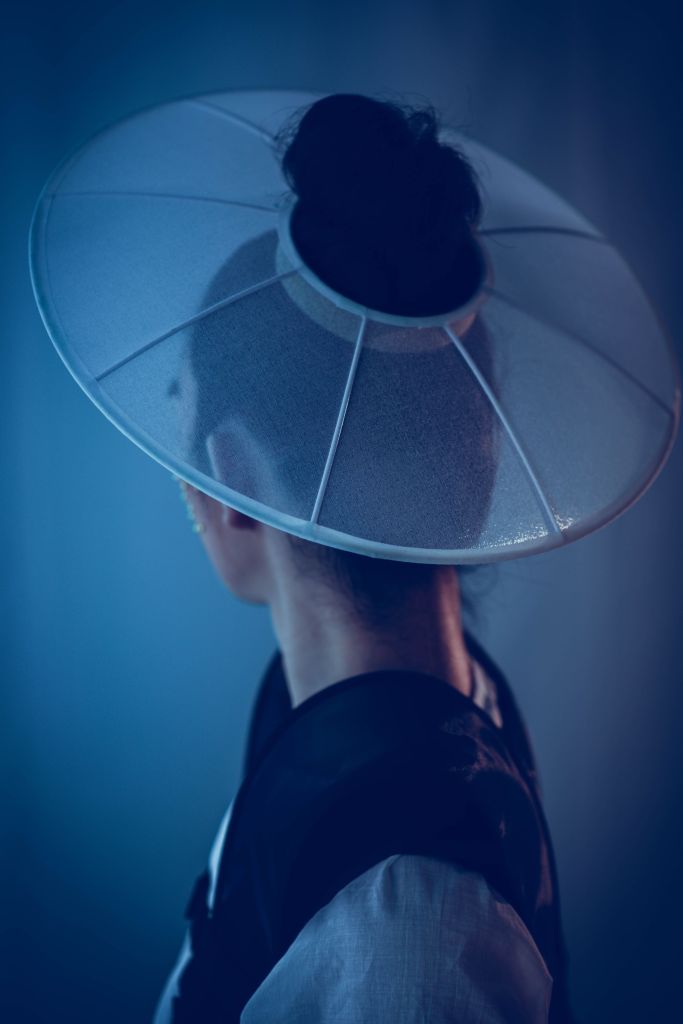
The current imagery of the Northern constellations was that of a turtle/tortoise intertwined with a snake, but originally it was just the turtle/tortoise.
The turtle/tortoise as a symbol of longevity is quite known, but it has a much more ancient identity—the connector between the mortal and the spiritual worlds. The very ancient Chinese would use the oracle bones to communicate with the spiritual world to make sense of their physical mortal world through fortune telling methods. They believed that spirits of the deceased would head to the north, therefore the ancestors and the gods all resided in the north too.
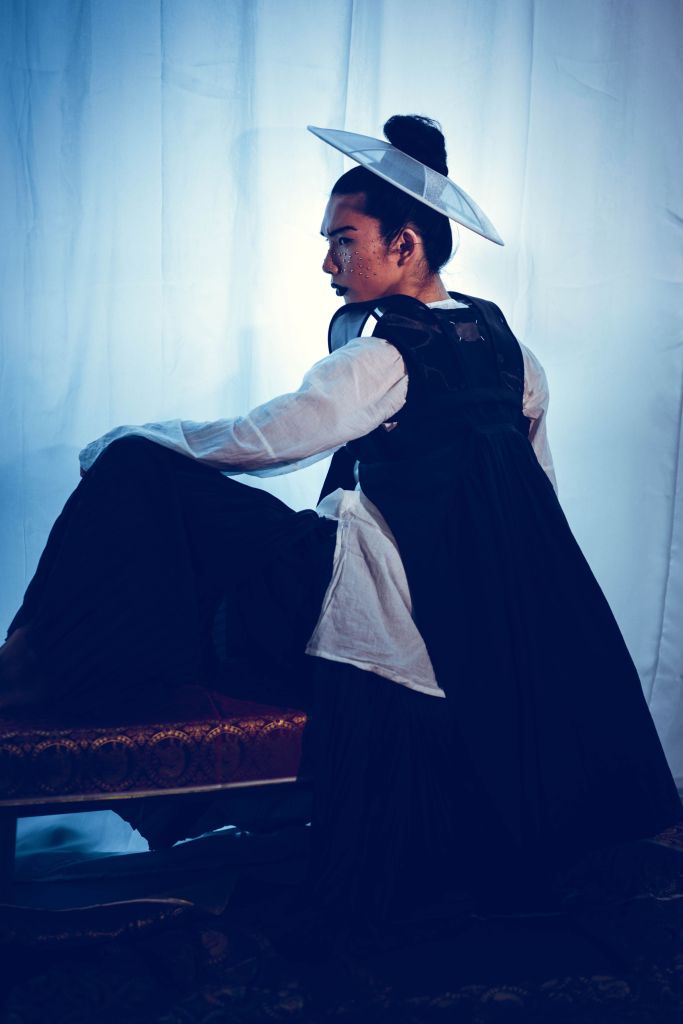
We imagined that the Black Warrior would be very much like a Chinese Swordsman in his long flowy robe, with a long tail that resembles the snake intertwining around his turtle-like shell. The top is like an armour in this styling by Aaron Han.
The North had historically been regarded as a highly important direction and the ancient Chinese when practising shamanism and oracle bones reading would always ask their fortunes facing the North. If you look at the city structures of the Tang dynasty for example in the 7th to 10th century, you would realise that the imperial palace is located in the north of the capital, with everyone else in the capital being in the south.

If you’re wondering about the make-up— I took inspiration from the popular gothic-style make-up by the Tang dynasty women in the late 9th century. The make-up had women’s brow in an upturned shape with black/dark lips, and no rouge or any whitening powder. It was lamented by literati of the period to be a symbol of the decline and the inevitable ending of the empire as they were deemed as non-Chinese make-up (influenced by the nomadic tribes/Tibetans).
Yes, everything about the woman from dressing to makeup has been highly politicised since forever… it is always symbolic of something much bigger and beyond our immediate selves.
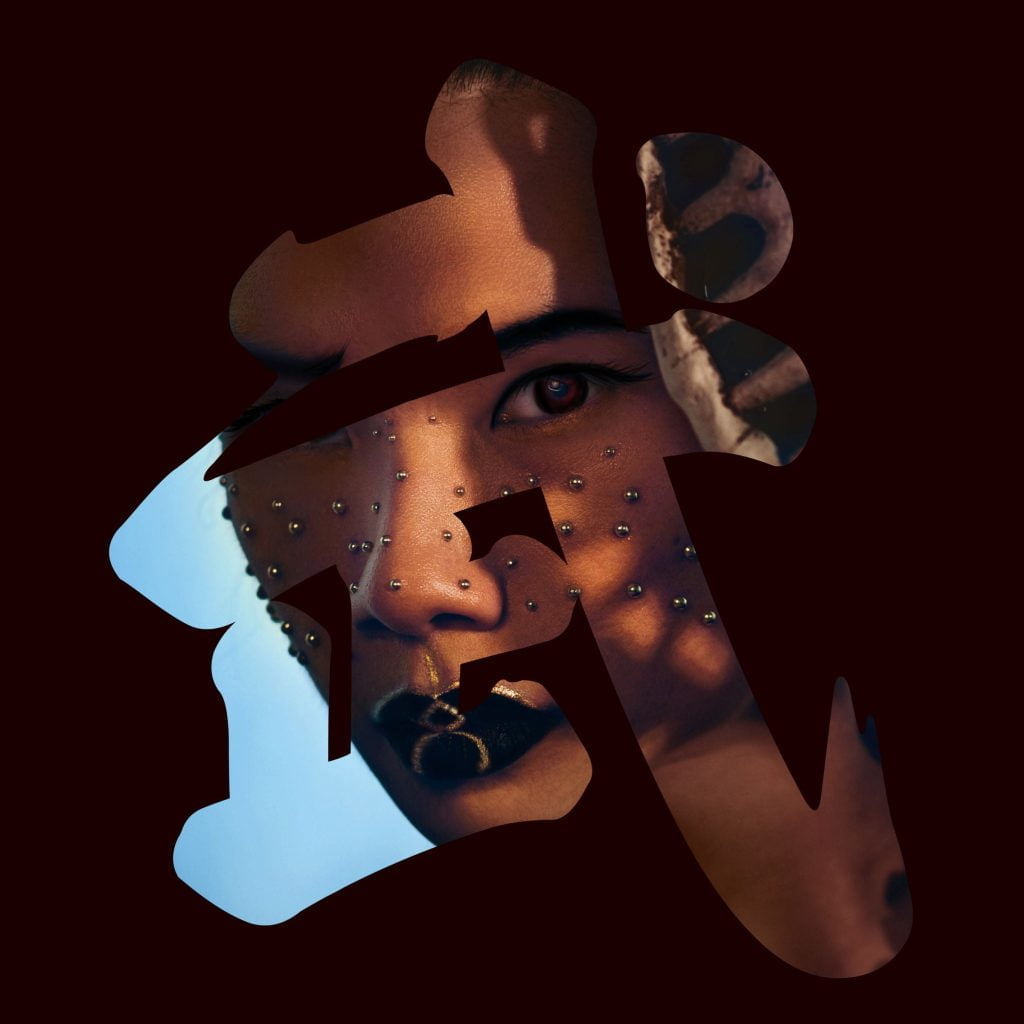
I added the oracle bone writing of Black (xuan) on the lips, and the golden dots on the face resembles that of the door nails on Chinese doors in the imperial or residences of the court officials, although I originally envisioned them to symbolise the constallations. But it fitted the idea of the imperial doors quite well too (not gonna lie, it wasn’t my original intention).
The use of door nails are exceptionally interesting in the Chinese context. Before the Manchurian rule in the 17th century, there wasn’t a proper guideline on the use of the door nails (how many, what should the arrangements be etc.).
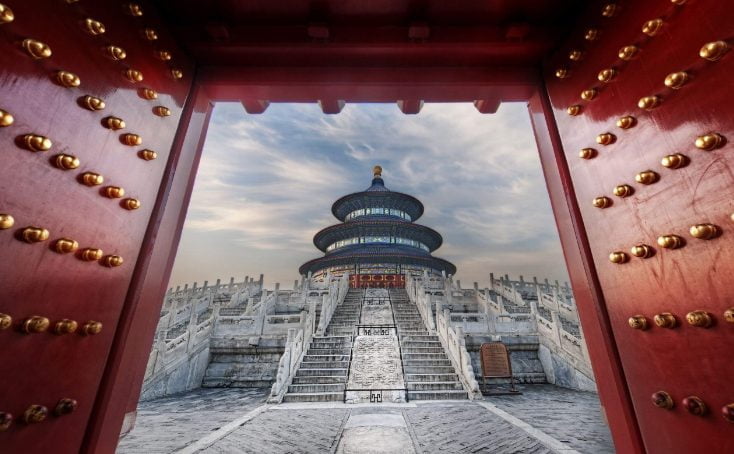
During the Manchurian rule, they came up with a proper system of assigning specific number of doornails in a specific type of arrangement to different hierarchies of the official court with the emperor’s imperial grounds having the most number of doornails (usually 9 rows of 9 nails, totalling to 81). While the lower hierarchy of imperial members having other arrangements such as 7 by 7, 7 by 9 or 5 by 5. So if you see a Chinese door with golden doornails, do take some time to count and the more they are, the higher the rank of the ground/owner of the place.
Trivia fact: These doornails were originally used as extra protection against invasions, either as reinforcements or barrier against fire. They were first seen on the doors of monasteries back in the 7th to 10th century.
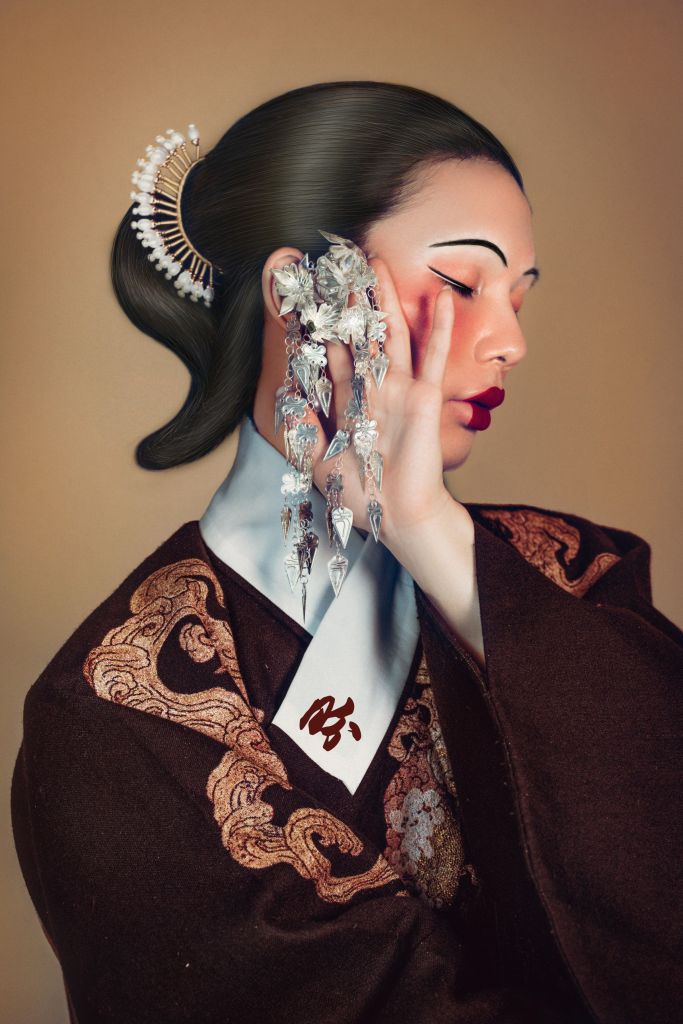
Most would associate the swallow tail hairstyle with the Qing dynasty Manchurian princess hairstyles. But that is a misrepresentation. In fact, this style of hair was originally form the previous dynasty and worn by the Han Chinese women. The Qing women did not sport this type of swallow tail ends actually. And I have styled the Black Warrior in a dragon-motif Ming dynasty style. And instead of pure black, I have digitally added a tinge of red to the above image because black was impossible to get through dying in the ancient past. So the darkest you could get was through dying the same fabric over and over and over and over again in red dye, and it got darker and dark and darker till it is almost black (by their standard) but still ultimately a red base.
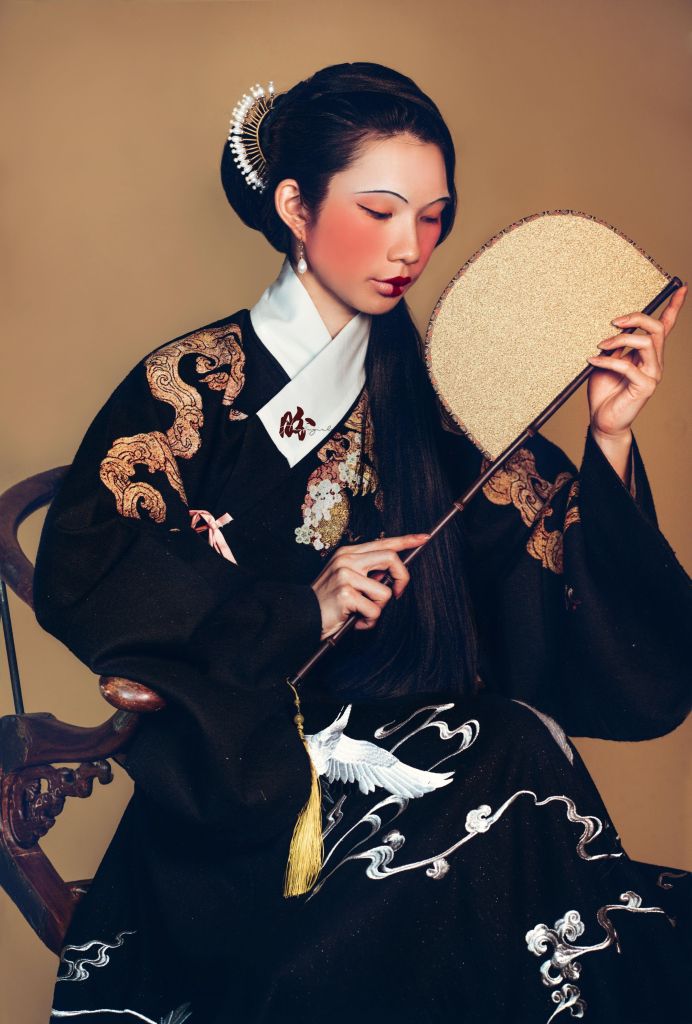
In Fushigi Yuugi, the North was represented by the Mongolian culture. Which is interesting considering that the North of today’s China is definitely different from the north in an ancient Chinese society (which was when this whole guardian beast practice started). Of course, the definition of what is Chinese is a highly complex one which no one has an answer for.

Leave a Reply